The nervous system is the physical apparatus that coordinates all of our activities, including the functioning of our organs, while also managing the stimuli from both inside and outside our bodies. It is made up of two parts: the central nervous system and the peripheral nervous system. The central nervous system comprises the brain, located in our skulls, and the spinal cord, located in our spines. The peripheral nervous system, on the other hand, is made of a dense network of nerves that start from the brain and spinal cord, spread out around the body and enmesh themselves in our organs, muscles and glands.
It’s fair to say that the brain is the command center, where orders are made and incoming information is analyzed. The peripheral system is the communication network our organism uses to stay alive. Above all, the nervous system regulates and controls all our bodily processes that do not depend on our will. For example, it controls our heartbeat or the dilation of our pupils in the dark. Its other main function is to manage outside stimuli. Peripheral nerves pick up a stimulus and send it to the spinal chord and on to the brain. The brain then analyzes it, organizes a strategic reaction, and sends commands on to our organs and muscles. In order to travel along the nervous system, information is packaged into electrical impulses created by an alteration of the chemical and physical balance of the neuron, the nerve cell. The electrical impulse generated in the neuron is then broadcast through other neurons.
The transmission of these impulses takes place through synapses that link the neurons together in a network. Scientists reckon that every individual human brain has more than 100 billion neurons, and each one of them is in synaptic contact with tens of thousands of other neurons. Writing in 1791, Italian scientist Luigi Galvani argued for the existence of such a thing as animal electricity. He held that living beings, and not just inanimate things, could possess electricity. In the 19th Century, Emil Du Bois-Reymond, a German scientist, was the first to understand that our nervous pulse travels across the nerve network in the form of an electrical charge. Today, neuroscientists studying the nervous system continue to investigate how the brain processes such an enormous amount of information.
It’s fair to say that the brain is the command center, where orders are made and incoming information is analyzed. The peripheral system is the communication network our organism uses to stay alive. Above all, the nervous system regulates and controls all our bodily processes that do not depend on our will. For example, it controls our heartbeat or the dilation of our pupils in the dark. Its other main function is to manage outside stimuli. Peripheral nerves pick up a stimulus and send it to the spinal chord and on to the brain. The brain then analyzes it, organizes a strategic reaction, and sends commands on to our organs and muscles. In order to travel along the nervous system, information is packaged into electrical impulses created by an alteration of the chemical and physical balance of the neuron, the nerve cell. The electrical impulse generated in the neuron is then broadcast through other neurons.
The transmission of these impulses takes place through synapses that link the neurons together in a network. Scientists reckon that every individual human brain has more than 100 billion neurons, and each one of them is in synaptic contact with tens of thousands of other neurons. Writing in 1791, Italian scientist Luigi Galvani argued for the existence of such a thing as animal electricity. He held that living beings, and not just inanimate things, could possess electricity. In the 19th Century, Emil Du Bois-Reymond, a German scientist, was the first to understand that our nervous pulse travels across the nerve network in the form of an electrical charge. Today, neuroscientists studying the nervous system continue to investigate how the brain processes such an enormous amount of information.
RELATED
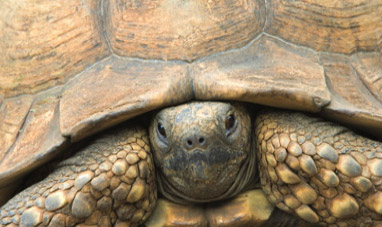

TORTOISE
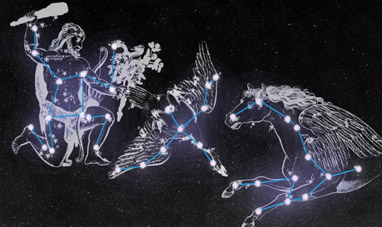

CONSTELLATIONS


OSTRICH
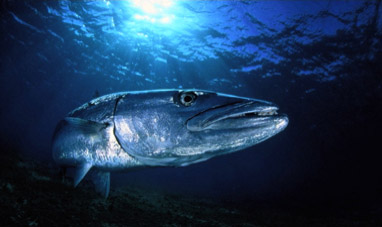

BARRACUDA
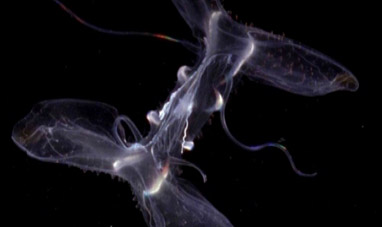

JELLY FISH


HAIR
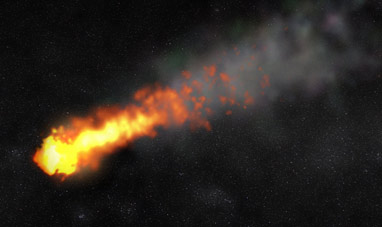

METEORS
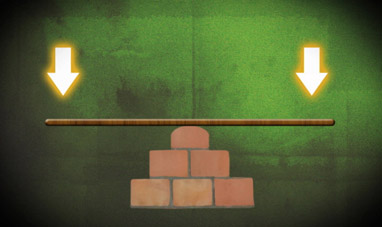

FORCE, EQUILIBRIUM AND LEVERAGE


TIGER


NATURAL GAS (METHANE)


CROCODILE
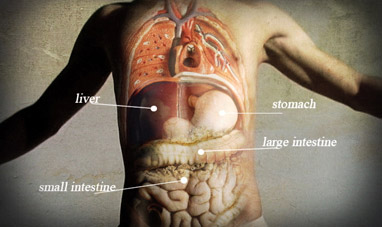

THE DIGESTIVE SYSTEM
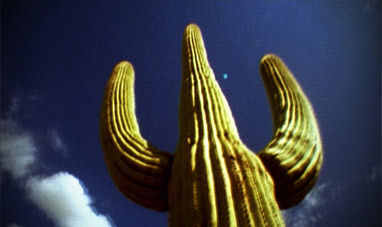

CACTUS
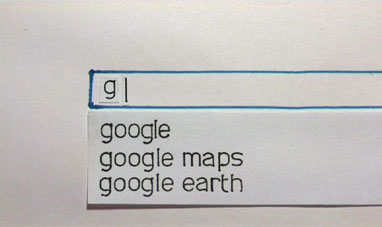

GOOGLE
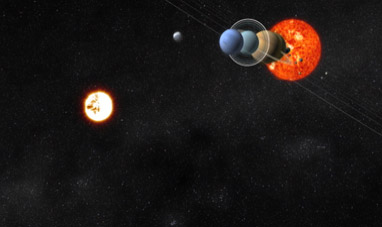

ERIS
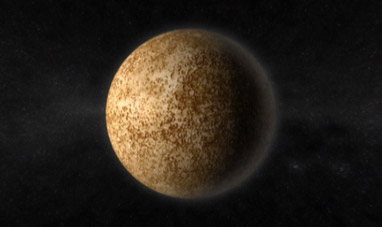

MERCURY
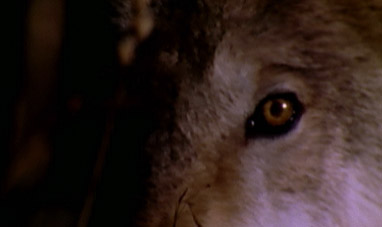

WOLF


DROMEDARY


HYENA
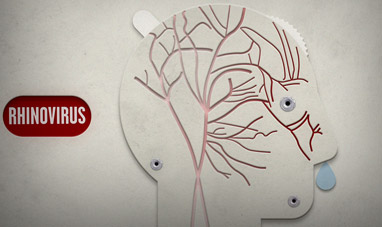

COMMON COLD
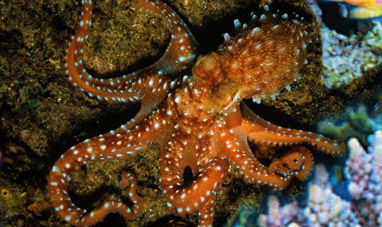

THE OCTOPUS


SOLAR THERMAL ENERGY
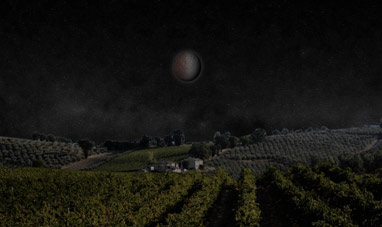

LUNAR ECLIPSES


DOLPHIN


H2O
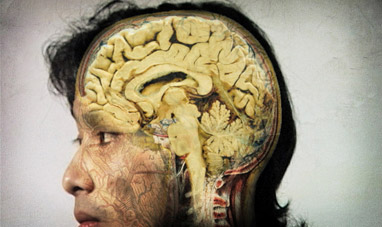

THE BRAIN
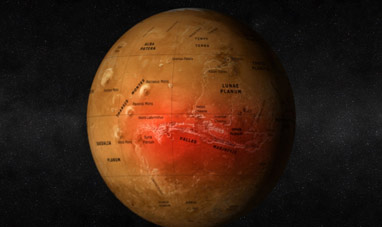

MARS
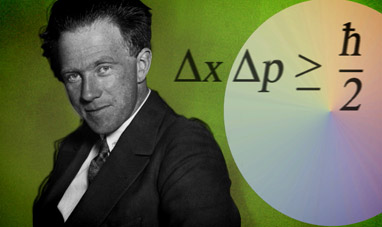

THE HEISENBERG PRINCIPLE
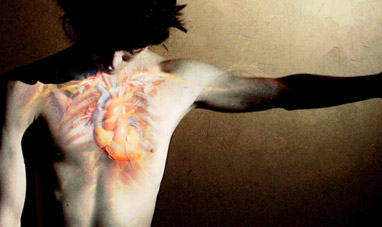

THE HEART


DOG


ANACONDA
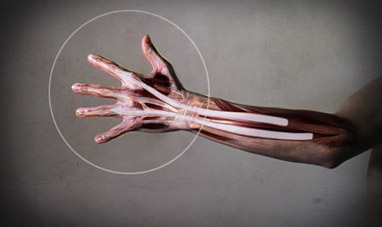

THE HANDS


CHAMELEON
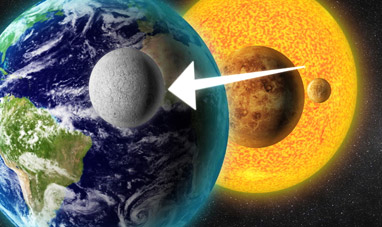

THE MOON
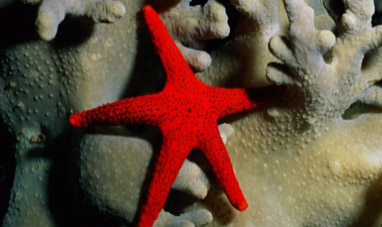

STARFISH


THE SKELETON
